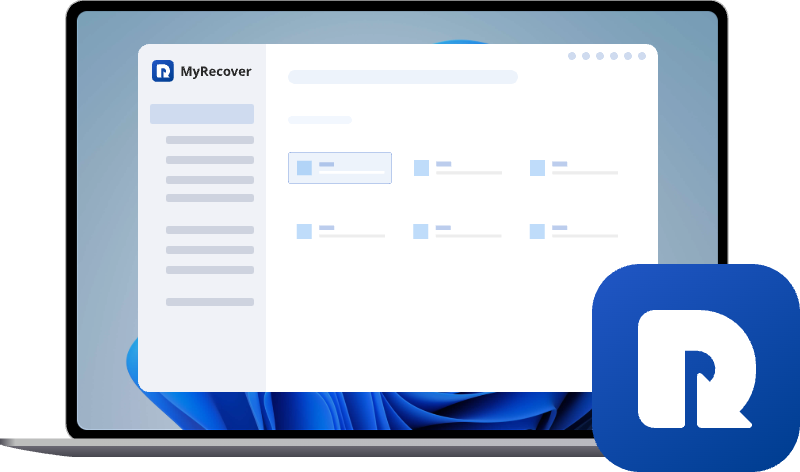ASUS Gaming PC Data Recovery & Backup Not Working
If your Asus gaming computer data backup and recovery not working, don’t panic. This guide explains why your backups fail, how to fix recovery errors, and restore your gaming data quickly. Learn step-by-step solutions to keep your system safe and running smoothly.
Introduction: When Your ASUS Gaming PC Fails You
If your ASUS gaming PC backup or recovery suddenly stops working, you’re not alone. Many gamers and power users have faced the same frustration—whether it’s a corrupted backup, missing files, or an unresponsive recovery tool.
Don’t panic just yet! With the right steps (and a bit of patience), you can recover your lost data and get your backup system working again. Let’s break it all down.
Common Reasons Why ASUS Backup Stops Working
Before diving into solutions, it helps to understand why your backup might have failed in the first place. Here are some common culprits:
1. Backup Software Glitches
Sometimes, ASUS’s built-in tools or Windows Backup can freeze or crash mid-process due to software bugs.
2. Corrupted System Files
System corruption can prevent backup utilities from reading or writing data properly.
3. Drive Connection Problems
Loose cables, faulty USB ports, or failing hard drives can all disrupt backup operations.
4. Outdated or Missing Drivers
Old storage or chipset drivers may cause compatibility issues with your backup utility.
5. Human Error or Misconfiguration
Accidentally deleting restore points, selecting the wrong drive, or interrupting a backup can easily break the process.
Signs That Your Backup or Recovery is Failing
If your ASUS backup isn’t working properly, you’ll likely notice one or more of these signs:
1. Slow or Stuck Backup Progress
The backup seems to run forever or freezes at a certain percentage.
2. Missing Restore Points
Your system restore points disappear or fail to load when you try to use them.
3. "Backup Failed" or "Error Code 0x81000037"
Common Windows error messages indicate corruption or missing files in your backup configuration.
Preliminary Fixes Before Data Recovery
Before jumping into full recovery mode, let’s run through a few quick fixes.
Fix 1. Check Hardware Connections
Make sure your external drive or storage device is properly connected. Try switching ports or using a different cable.
Fix 2. Update System Drivers
Go to Device Manager → Disk Drives → Update Driver. Outdated drivers often cause backup errors.
Fix 3. Disable Third-Party Security Tools Temporarily
Antivirus programs sometimes block backup processes. Turn them off temporarily and try running the backup again.
How to Recover Lost Data on ASUS Gaming PCs
There are top 4 ways to restore lost data on your ASUS gaming PC.
Method 1: Using MyRecover to Restore Lost Data
If your ASUS backup is completely unresponsive or your files are gone, MyRecover is your best bet. It’s an advanced yet easy-to-use recovery tool designed for both beginners and professionals.
Key Features That Make MyRecover Stand Out
- User-Friendly Interface – Clean and intuitive, even for beginners.
- Supports Multiple File Types – Photos, game saves, videos, documents, system files—you name it.
- Smart Scan Modes – Recover both recently deleted and long-lost files.
- Works with All ASUS Models – Compatible with ROG, TUF, and other ASUS gaming PCs.
Here’s how to use it:
Step 1: Download and Install MyRecover
Visit the official MyRecover website and download the tool. Install it like any regular app—no special configuration needed.
Step 2: Launch the Software and Select the Drive
Open MyRecover and choose the drive (e.g., C: or D:) where you lost data or where your backup was stored.
Step 3: Scan for Deleted or Lost Files
Click Scan. The software will automatically perform a quick scan. You can also choose a Deep Scan for more hidden data.
Step 4: Preview and Recover Data
Once the scan finishes, preview your lost files—photos, documents, videos, and more—before recovery.
Step 5: Save Files to a Safe Location
Select your desired files and click Recover. Save them to a different location (not the same drive) to prevent overwriting data.
MyRecover is especially effective when Windows Backup or ASUS Cloud Recovery fails, making it the ideal choice for gamers who want results fast. If you prefer not to use third-party tools, there are still a few manual recovery methods worth trying.
Method 2: Using Windows File History
Windows’ built-in File History can restore your files if it was turned on before the issue occurred.
Step-by-Step Guide for File History Recovery
1. Open Control Panel → System and Security → File History.
2. Click Restore personal files.
3. Browse through your backups and select the files you want to restore.
4. Hit Restore to recover them to their original location.
Method 3: Restoring from System Restore Points
If your system was creating restore points, you might be able to roll back to an earlier, working state.
Step-by-Step Guide for System Restore
1. Press Windows + R, type rstrui, and hit Enter.
2. Choose a restore point created before your backup failed.
3. Follow the on-screen instructions to restore your system.
4. Restart your PC and check if the backup function works again.
Method 4: Using Command Prompt (CMD)
For advanced users, CMD can sometimes retrieve lost data from corrupted partitions.
Command Lines for Basic Data Retrieval
1. Run Command Prompt as Administrator.
2. Type the following command:
chkdsk X: /f /r
(Replace "X" with the affected drive letter.)
3. After the scan, check your drive again. Sometimes, this process restores access to hidden or lost files.
Fixing ASUS Backup Not Working Problems
Now that you’ve secured your data, let’s fix the backup issue for good.
Method 1: Restart ASUS Backup Services
1. Press Windows + R, type services.msc, and hit Enter.
2. Find Windows Backup or ASUS Backup Service.
3. Right-click and choose Restart.
Method 2: Run System File Checker (SFC)
1. Open Command Prompt (Admin).
2. Type: sfc /scannow
3. Wait for the scan to repair corrupted files.
Method 3: Free Up Disk Space
Backups need adequate space. Delete unnecessary temporary files or use Disk Cleanup to free up storage.
Method 4: Reinstall ASUS Backup Utility
Go to ASUS’s official website, download the latest version of their backup utility, and reinstall it. This can resolve compatibility or version mismatch issues.
How to Prevent Future Backup Failures
Prevention is always better than cure—especially when your game saves and system data are on the line.
Keep Software and Firmware Updated
Regular updates fix bugs that cause backup malfunctions.
Use External Drives for Backup
Store your backups on a separate drive or an external SSD to avoid corruption.
Schedule Regular Backups
Automate your backup schedule using Windows Task Scheduler or ASUS Backup Utility.
Create a System Image Regularly
System images are complete snapshots of your PC—you can restore everything exactly as it was.
Conclusion
Dealing with a non-working ASUS gaming PC backup can be frustrating, but it’s far from hopeless. With tools like MyRecover, along with manual methods like File History and System Restore, you can get your valuable data back quickly.
Once you’ve recovered your files, take preventive steps—regular backups, updated drivers, and reliable storage—to ensure your gaming rig never lets you down again.


